Scientist of the Day - Frederick Reines
Frederick Reines, an American physicist, was born Mar. 16, 1918. After studying physics at Stevens Institute of Technology and NYU, Reines (pronounced RYE-ness) joined the Manhattan Project in 1944, when the efforts to build plutonium and uranium bombs were well underway. He stayed on at Los Alamos after the war, participating in various aspects of nuclear testing in the Pacific. He became a close friend of Clyde Cowan, also at Los Alamos, and the two were looking for some sort of project with which they could make their mark on the world of nuclear physics. It was supposedly while on a flight delay right here in Kansas City, around 1950, that they figured out what they wanted to do. Let's find the neutrino, they agreed.
The neutrino, for a particle not yet discovered, had a long prehistory. Wolfgang Pauli had first proposed its existence in 1930 as a way to solve a problem in nuclear physics. Occasionally an atomic nucleus spits out a beta particle (an electron) and gains a proton, in effect transmuting into another element. This was called beta decay. The problem was that the emerging electron did not always have the right amount of energy, as it should, by the law of the conservation of energy. Pauli proposed that there might be some unknown particle that carries away the missing energy. He called his hypothesized particle a neutron, because it would have no charge. It would also have no mass. The only thing it could have, indeed must have, was spin. His proposed neutron was a little nothing with spin, as someone once called it. When James Chadwick in 1932 discovered a nuclear particle that has no charge but a lot of mass, he co-opted the name neutron. So Pauli's proposed particle needed a new name. Enrico Fermi suggested the Italian term for little neutron, neutrino, which was perfect. But it was not yet known to exist.
The problem with detecting a neutrino is that it is well-nigh undetectable. The only force it “feels” is the weak force, the force responsible for beta decay. It is not affected by gravitational or electromagnetic force, or by the strong force that holds the nucleus together. So it really doesn’t react with anything, which means it could pass through the Earth with nearly zero probability of interacting with anything. Indeed, it could pass through a billion Earths without any effect. How does one detect something like that?
The prospect was not seem promising. In 1934, Hans Bethe and Rudolf Peirels published a paper called "The Neutrino,” in whch they argued strongly, that a neutrino by its very nature is virtually undetectable (second image). So for 15 years, hardly anyone went looking.
Reines’ and Cowan’s idea was to look at an inverse reaction. If a neutrino strikes and is absorbed by a proton, the product should be a neutron and a positron (a positive electron, a bit of antimatter). If this happened, the positron would immediately interact with an electron and both would be annihilated in a burst of gamma rays. If the neutron were in the right place to be slowed and captured by a nucleus, it too would emit gamma radiation, a predicted 0.5 microseconds after the positron annihilation. So if you could detect two bursts of gamma radiation 0.5 microseconds apart, you would have observed a neutrino in action. They called their team “Project Poltergeist,” since they were looking for a wisp of a particle (third image)
The big problem was to find a source of neutrinos, since the odds of observing one interreact is so small. The Sun emits neutrinos – billions of them pass though a square inch of your skin every second – but that is not enough. Atomic bombs spew out an abundance of neutrinos, and Reines’ initial thought was to build a detector and place it near an atomic test explosion. But he eventually realized that a nuclear reactor was a better source, because it was safer, and because it was not a one-time event, like an atomic test. They started at the Hanford Facilities in Washington state, where weapons-grade plutonium was produced for the first atomic bombs, but they suffered too much interference from cosmic rays. So they moved to a new site, the Savannah River reactors in South Carolina (fourth image). There they could place their cadmium chloride detector underground and screen out the cosmic radiation. In the late spring of 1956, they detected the twin pulses of gamma radiation, just the right interval apart. In the June 20, 1956 issue of Science, Reines and Cowan announced that Pauli’s neutrino had been found (fifth image, above). Almost forty years later, Reines was awarded the 1995 Nobel Prize in Physics for the discovery. Had it been awarded earlier (and it should have been), Cowan would have been able to share the prize. Cowan passed away in 1974.
Reines worked with neutrinos all his life (he died in 1998), which was OK, because neutrinos got more and more interesting as his life went on. It turns out that neutrinos come in three different “flavors”, depending on whether they are emitted with electrons, muons, or tau leptons, and each of the three has an anti-neutrino. Indeed, the neutrino that Reines and Cowan detected in 1956 was, it turns out, an anti-neutrino. During Reines’ lifetime, the neutrino was thought to have no mass. Recently, it was discovered that neutrinos have a tiny bit of mass, which, considering how many zillions of neutrinos that are, drastically alters the mass-balance of the Universe. The Nobel Prize of 2015 was awarded for that discovery.
So the first detection of that “little bit of nothing” by Reines and Cowan in 1956 turns out to have been a momentous event. We are happy to celebrate it here today.
Dr. William B. Ashworth, Jr., Consultant for the History of Science, Linda Hall Library and Associate Professor emeritus, Department of History, University of Missouri-Kansas City. Comments or corrections are welcome; please direct to ashworthw@umkc.edu.



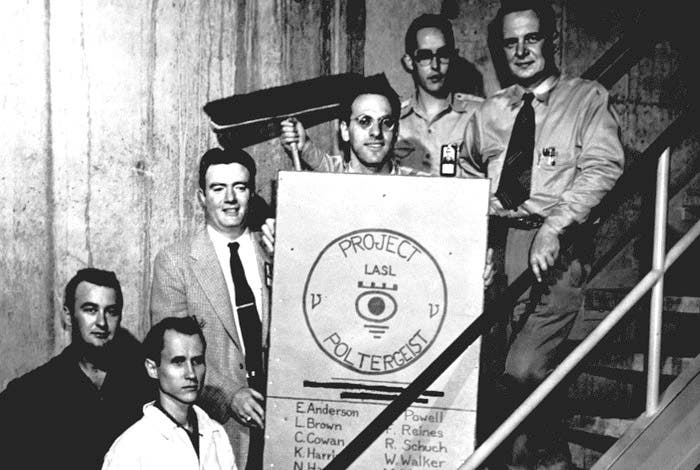
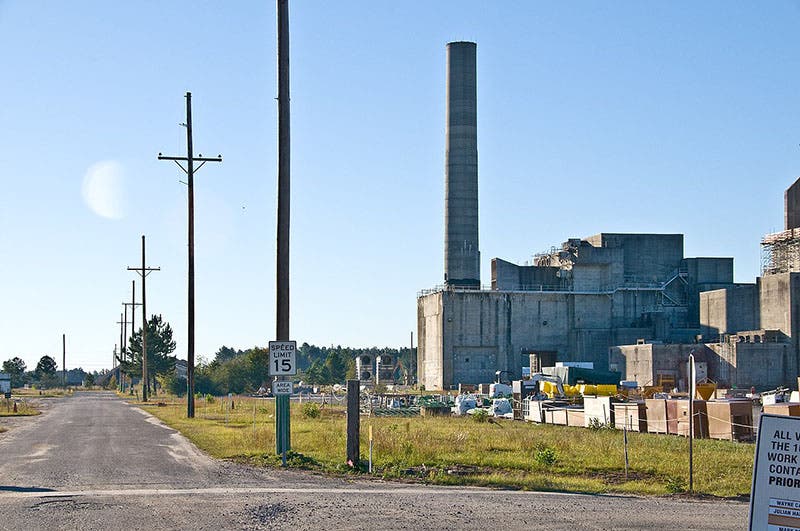
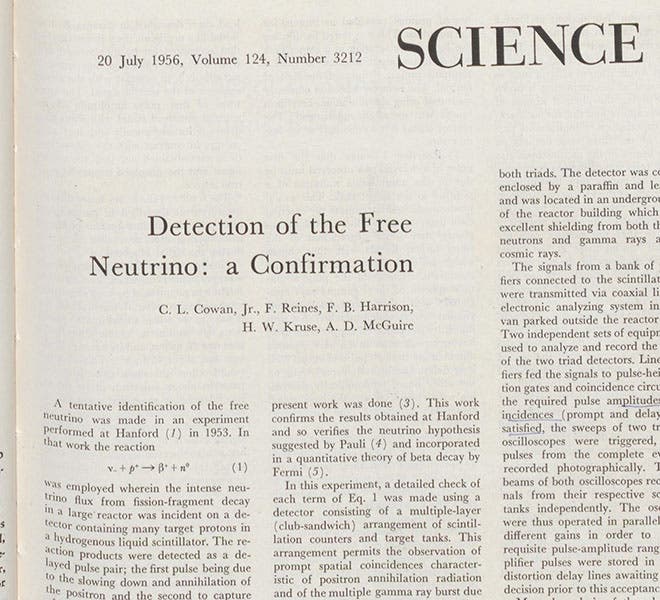

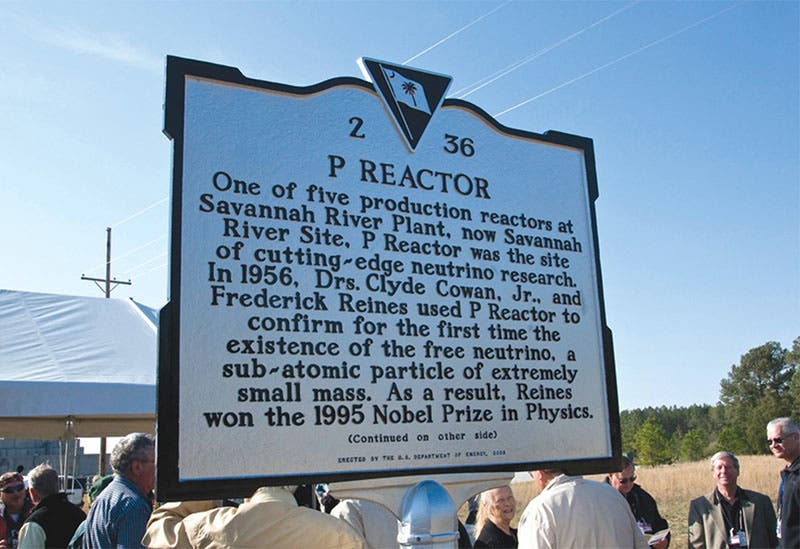
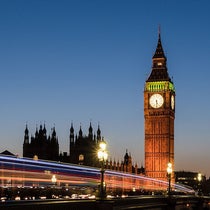


![“Aurora Borealis,” hand-colored wood engraving by Josiah Wood Whymper, [Natural Phenomena], plate 2, 1846 (Linda Hall Library)](https://assets-us-01.kc-usercontent.com:443/9dd25524-761a-000d-d79f-86a5086d4774/0245ffcb-b70c-477c-8792-0a73ebd54eb2/Whymper%2011.jpg?w=210&h=210&auto=format&fit=crop)
